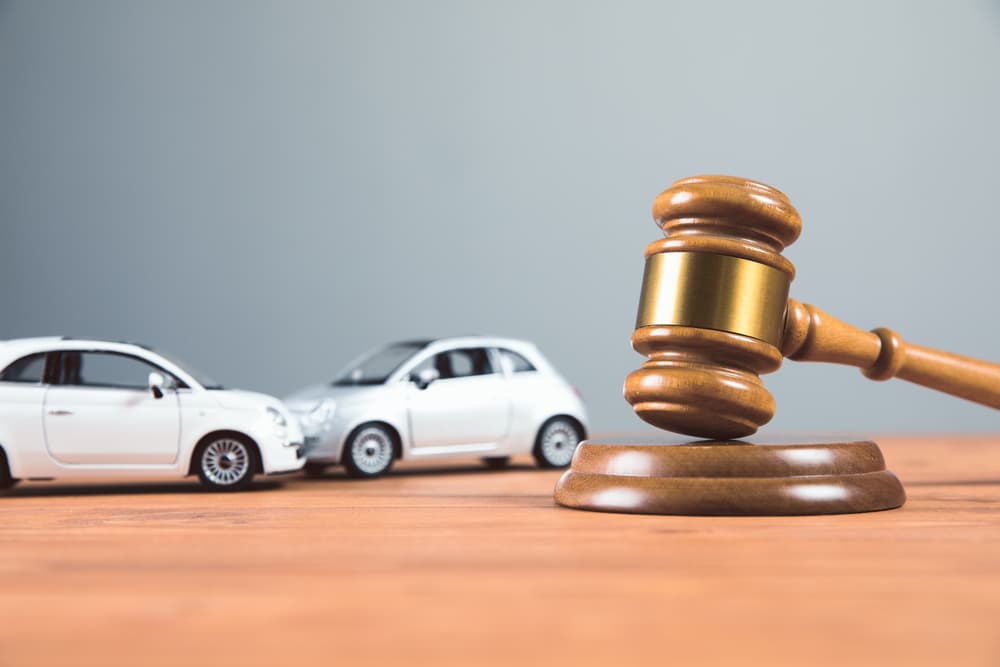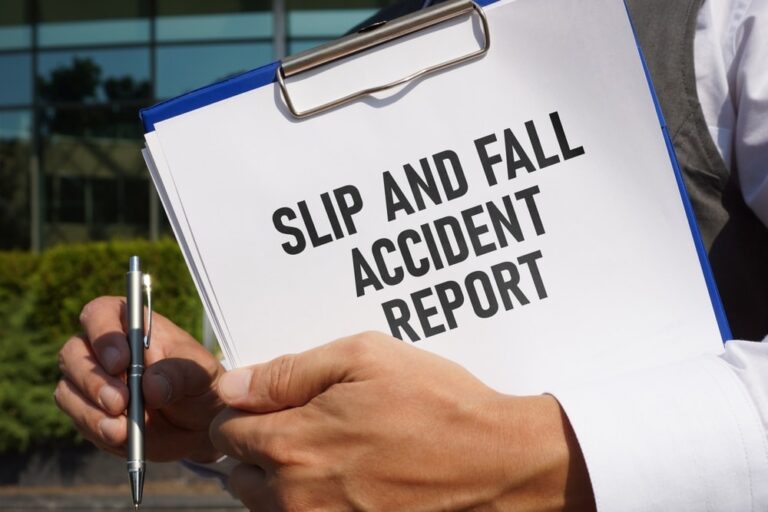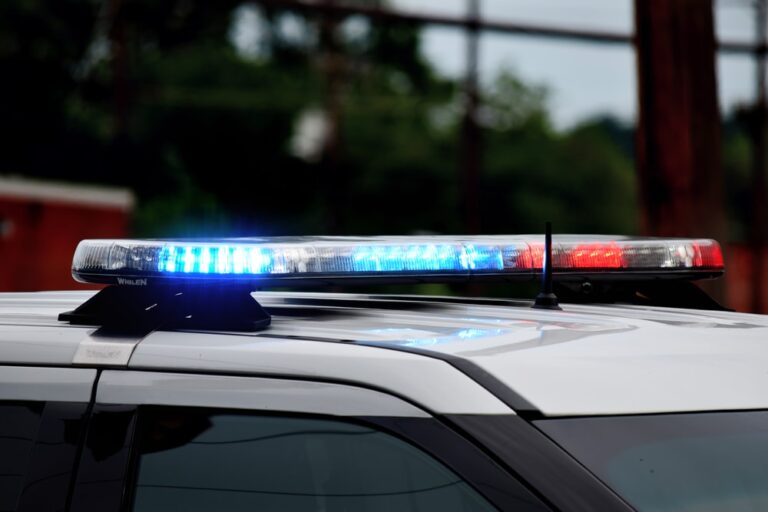Key Takeaways:
- Car accident liability determines who is legally responsible for damages and injuries after a crash.
- Liability may fall on the driver, vehicle owner (negligent entrustment, family purpose doctrine), or employer (if the accident occurred within job duties).
- Drivers are typically liable when negligence, recklessness, or traffic violations cause the accident.
- Multiple parties can share fault under comparative negligence, reducing compensation proportionally.
- Insurance plays a critical role, but disputes often require legal guidance to secure fair compensation.
Understanding the Basics of Car Accident Liability
Car accident liability is the legal responsibility for the damages and injuries that result from a crash. In most cases, the person found to be at fault for causing the accident is considered liable and may be required to pay for the resulting damages, including medical expenses, property damage, and other losses. However, determining who is at fault in a car accident is not always easy. Several factors can contribute to an accident; sometimes, multiple parties may share liability.
Regarding car accidents, one of the most common questions is, “Who is liable – the car owner or the driver?” This is an important question, as the answer can have significant legal and financial implications for all parties involved. Never hesitate to discuss this with a local Madison car accident lawyer following a crash and injuries.
Owner Liability: When the Car Owner May Be Responsible
In other cases, the owner of a vehicle may be held liable for accidents caused by someone else driving their car. This is known as “vicarious liability” or “owner’s liability.” This concept maintains that car owners are responsible for ensuring that their vehicles are operated safely and should be accountable if they allow someone else to drive their car and cause an accident.
There are several situations where a car owner may be held liable for an accident caused by another driver:
Negligent Entrustment: When Car Owners Are Liable for Unfit Drivers
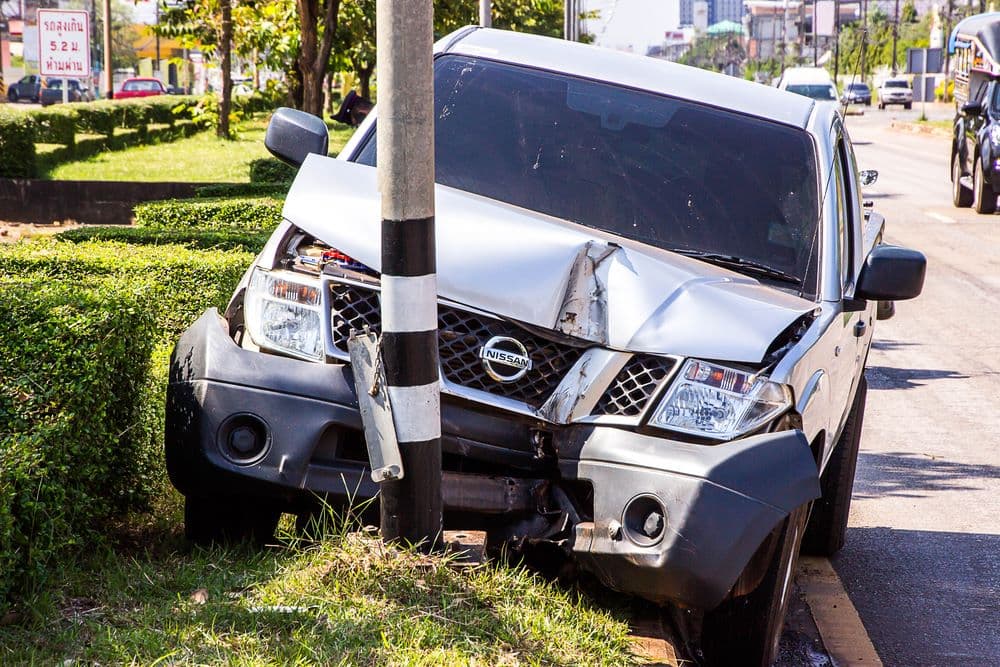 Negligent entrustment is a legal doctrine that holds car owners liable for accidents caused by unfit drivers to whom they knowingly lend their vehicles. This means that if a car owner allows someone unlicensed, intoxicated, or has a history of reckless driving to drive. If the driver causes an accident, the car owner may be liable for damages and injuries. Negligent entrustment stems from the belief that car owners must ensure that only individuals capable of driving safely drive. When a car owner breaches this duty by entrusting their vehicle to an unfit driver, they are considered negligent and may be liable for any accidents. To prove negligent entrustment, the following elements must typically be established:
Negligent entrustment is a legal doctrine that holds car owners liable for accidents caused by unfit drivers to whom they knowingly lend their vehicles. This means that if a car owner allows someone unlicensed, intoxicated, or has a history of reckless driving to drive. If the driver causes an accident, the car owner may be liable for damages and injuries. Negligent entrustment stems from the belief that car owners must ensure that only individuals capable of driving safely drive. When a car owner breaches this duty by entrusting their vehicle to an unfit driver, they are considered negligent and may be liable for any accidents. To prove negligent entrustment, the following elements must typically be established:
- The car owner entrusted their vehicle to another person.
- The person entrusted with the vehicle was an unfit driver (e.g., unlicensed, intoxicated, or had a history of reckless driving)
- The car owner knew or should have known that the person was an unfit driver.
- The unfit driver caused an accident while operating the entrusted vehicle.
- The accident caused damages or injuries to another party.
Negligent entrustment cases may involve multiple parties. For example, if an unfit driver causes an accident while operating a rental car, the company and the individual who rented the car may be liable under the negligent entrustment theory.
The Family Purpose Doctrine: Holding Car Owners Liable for Family Members’ Accidents
In some states, the “family purpose doctrine” is a legal principle that holds car owners liable for accidents caused by family members driving the owner’s vehicle for family or household purposes. Under this doctrine, if a spouse, child, or other family member borrows the car and causes an accident, the car owner may be held responsible for the resulting damages and injuries. The family purpose doctrine states that when a car owner provides a vehicle for the use and convenience of their family, they are essentially making the vehicle available for that purpose. Consequently, the car owner maintains a master-servant relationship with the family member operating the vehicle and is thus held liable for any accidents caused by the family member’s negligence. To apply the family purpose doctrine, typically, the following elements must satisfy the following:
- The head of the household owns, provides, or maintains the car.
- The head of the household owns, provides, or maintains the car.
- The driver is a family member or someone using the car for a family purpose with the head of household’s express or implied permission.
- The driver causes an accident while operating the vehicle for a family purpose.
Not all states follow the family purpose doctrine, and the specific requirements for applying it can vary by jurisdiction. Some states have rejected it, while others have limited its application to specific circumstances.
Employer Liability: When Companies Are Responsible for Employees’ Accidents
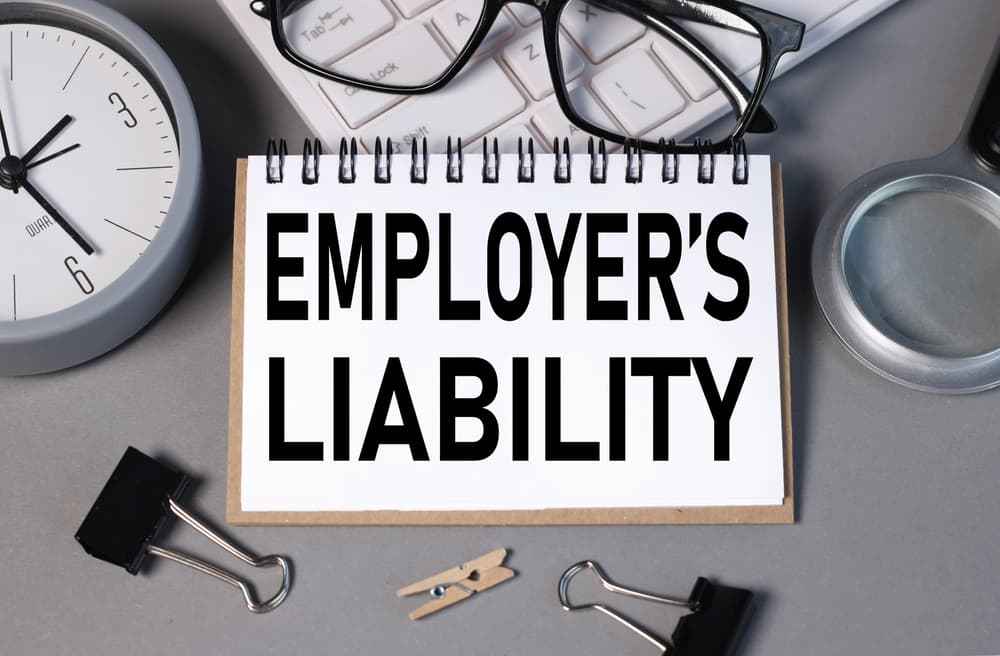 Employer liability is a legal concept that holds companies responsible for accidents caused by their employees while driving company-owned vehicles or while driving for work-related purposes. This means that if an employee causes an accident while operating a vehicle within the scope of their employment, the employer may be held liable for the resulting damages and injuries. The rationale behind employer liability is that employers must ensure their employees operate vehicles safely and responsibly while on the job. When an employer breaches this duty by failing to properly train, supervise, or screen their employees, they may be held liable for any accidents that result. There are several common scenarios where employer liability may apply:
Employer liability is a legal concept that holds companies responsible for accidents caused by their employees while driving company-owned vehicles or while driving for work-related purposes. This means that if an employee causes an accident while operating a vehicle within the scope of their employment, the employer may be held liable for the resulting damages and injuries. The rationale behind employer liability is that employers must ensure their employees operate vehicles safely and responsibly while on the job. When an employer breaches this duty by failing to properly train, supervise, or screen their employees, they may be held liable for any accidents that result. There are several common scenarios where employer liability may apply:
- Accidents caused by employees driving company-owned vehicles: If an employee causes an accident while operating a vehicle owned by their employer, the employer may be liable for the damages and injuries.
- Accidents caused by employees driving personal vehicles for work purposes: If an employee causes an accident while using their vehicle for work-related tasks, such as making deliveries or traveling to meetings, the employer may be liable if the employee was acting within the scope of their employment at the time of the accident.
- Accidents caused by employees with poor driving records: If an employer fails to properly screen or supervise an employee with a history of reckless or negligent driving, and that employee causes an accident while on the job, the employer may be liable for negligent hiring, training, or supervision.
Proving employer liability typically involves establishing the following elements:
- The person who caused the accident was an employee of the company
- The employee was acting within the scope of their employment at the time of the accident
- The employee’s negligence or recklessness caused the accident
- The accident resulted in damages or injuries to another party
It’s worth noting that employer liability cases may involve multiple parties. For example, the employer and the leasing or rental company may be liable if an employee causes an accident while operating a leased or rented vehicle.
Driver Liability: When the Driver is Responsible
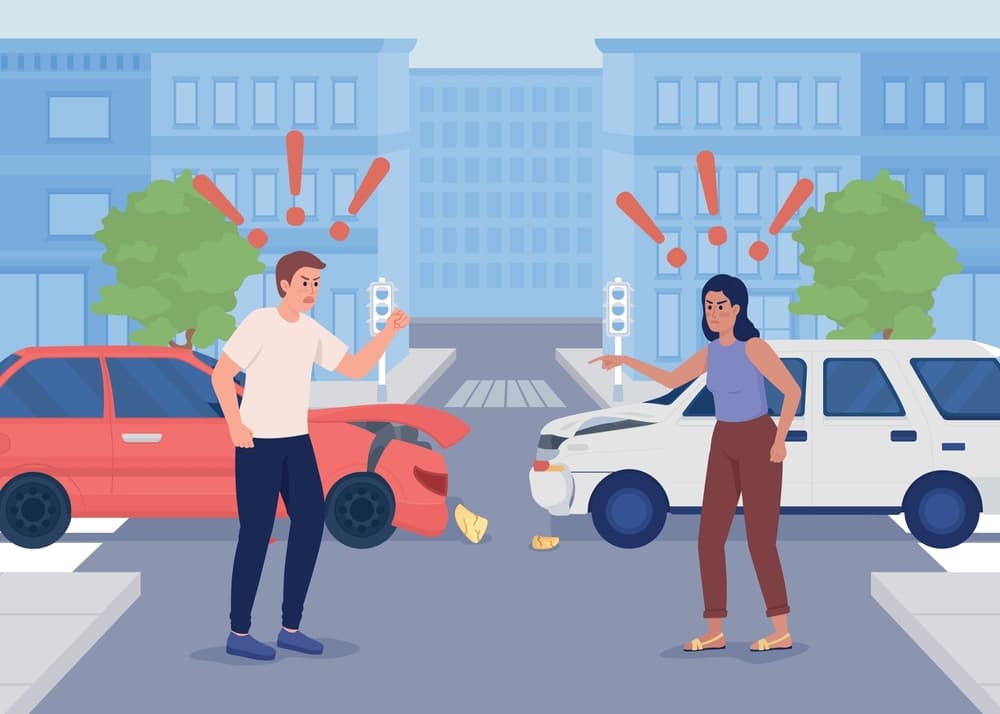
In many car accident cases, the driver responsible for the crash typically bears liability for the resulting damages and injuries. Drivers have a legal duty to drive safely and to follow traffic laws. When a driver breaches this duty and causes an accident, they may be held responsible for the consequences.
There are several common scenarios where a driver may be found liable for a car accident:
Negligence
Suppose a driver fails to exercise reasonable care while operating their vehicle and causes an accident. As a result, they may be found negligent and held liable for the damages. Examples of negligent driving behavior include speeding, running red lights, failing to yield the right of way, and texting while driving.
Recklessness
If a driver engages in reckless or intentionally dangerous behavior behind the wheel and causes an accident, they may be liable for the resulting damages. Examples of reckless driving include excessive speeding, driving under the influence of drugs or alcohol, and road rage.
Violating Traffic Laws
If a driver violates a traffic law and causes an accident, they may be held liable for the damages. Common traffic law violations that can lead to accidents include running stop signs, failing to use turn signals, and following too closely. Even if a driver bears primary fault for an accident, other parties may still share some liability. For example, if a driver causes an accident but the other driver is also speeding or driving while distracted, both drivers may be found to share some degree of fault.
Determining Fault in Car Accidents
Determining fault in a car accident involves gathering evidence, interviewing witnesses, and analyzing the circumstances of the crash. In some cases, the fault may be clear-cut, such as when one driver runs a red light and collides with another vehicle. In other cases, however, fault may be more difficult to determine, and multiple parties may share liability. Some of the key factors that can help determine fault in a car accident include:
Police Reports
If the police respond to the accident scene, they typically create a report that includes their assessment of what happened and who they believe was at fault. While police reports are not always conclusive, they can provide valuable evidence in determining liability.
Witness Statements
If there are any witnesses to the accident, their statements can provide important insights into what happened and who may be at fault.
Physical Evidence
Physical evidence at the accident scene, such as skid marks, vehicle damage, and debris patterns, can help reconstruct what happened and determine fault. Accident reconstruction professionals can examine this evidence and offer assessments regarding liability.
Traffic Laws
Analyzing the driver who violated traffic laws can be a key factor in determining fault. If one driver was speeding, ran a red light, or made an illegal turn, for example, they may be found primarily at fault for the accident.
Relative Negligence and Shared Fault
In some car accidents, multiple parties can share blame. The concept of comparative negligence is key here. It divides the fault among them. The rules of relative negligence assess each party’s percentage of fault, and their compensation is reduced according to the degree of their fault. For example, suppose one driver is determined to be 70 percent at fault for an accident, and the other driver is determined to be 30 percent at fault. In that case, the compensation of the driver who is 70 percent at fault will be affected accordingly.
The Role of Insurance in Car Accident Liability
Insurance plays a key role in car accident liability and can significantly impact who is ultimately held responsible for the damages and injuries that result from a crash. In most states, drivers must carry a minimum amount of car insurance coverage to protect themselves and others in the event of an accident. This typically includes liability coverage, which pays for damages and injuries the policyholder causes to others in an accident. If a driver causes an accident and has sufficient liability coverage, their insurance company will typically cover the damages and injuries up to the policy limits.
However, if the damages exceed the policy limits, the at-fault driver may be personally responsible for paying the excess amount. Insurance companies must act in good faith when handling car accident claims. This means they must conduct a fair and thorough investigation, communicate with the policyholder and other parties involved, and make reasonable efforts to settle claims promptly. However, insurance companies also aim to minimize their financial losses. As a result, they may try to limit their liability or deny claims altogether. This is why it is wise to work with an experienced car accident attorney who can guide you through the insurance claims process and protect your rights.
When to Seek Legal Help for Car Accident Liability
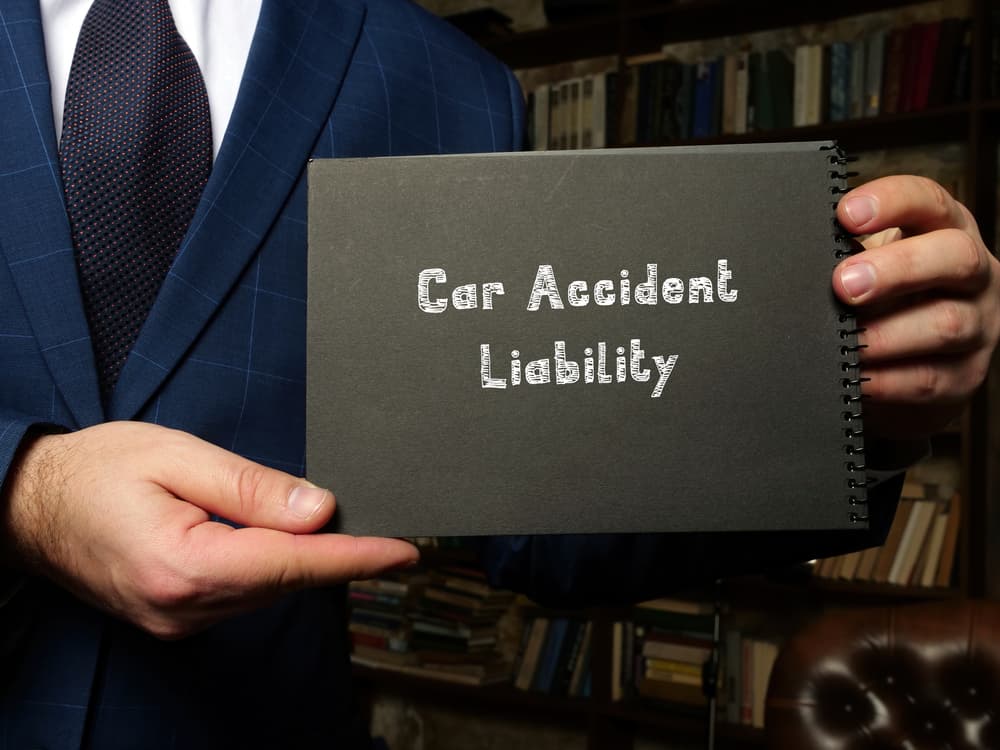 If you’ve experienced a car accident, seeking legal assistance as soon as possible is crucial to safeguard your rights and secure the compensation you’re entitled to. An experienced car accident attorney can handle the following for you:
If you’ve experienced a car accident, seeking legal assistance as soon as possible is crucial to safeguard your rights and secure the compensation you’re entitled to. An experienced car accident attorney can handle the following for you:
- Investigate the accident and gather evidence to support your claim
- Determine who is liable for the accident and to what degree
- Negotiate with insurance companies and other parties involved in the case
- File a lawsuit if necessary to seek full and fair compensation for your damages and injuries
It’s especially important to seek legal help if the accident resulted in serious injuries, significant property damage, or disagreement about fault. In these cases, having a skilled car accident lawyer on your side can significantly change the outcome of your case.
Contact a Car Accident Attorney Today
Ultimately, the best way to protect your rights and ensure you receive the compensation you deserve after a car accident is to work with an experienced car accident lawyer. An attorney can navigate any insurance issues involved in car accident cases and advocate for your interests every step of the way. If you or someone you know has suffered an injury in a car accident, don’t wait any longer to seek legal help. Contact a knowledgeable and compassionate personal injury attorney today to schedule a free consultation and learn more about your legal options. With the right legal guidance and support, you can hold the responsible parties accountable and move forward with your life after a difficult and traumatic event.
 Calls Answered 24/7
Calls Answered 24/7
